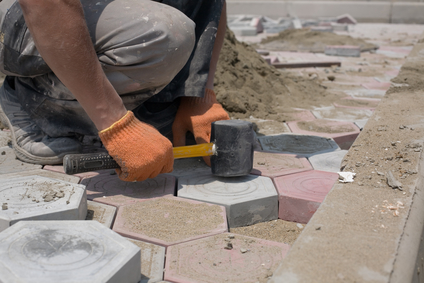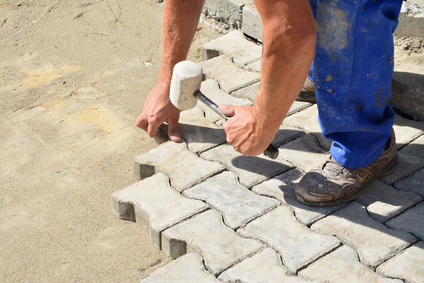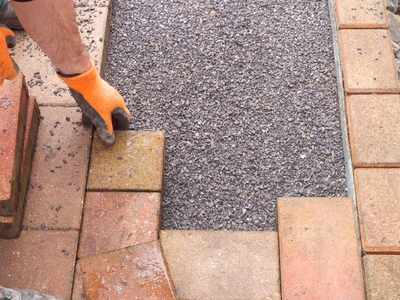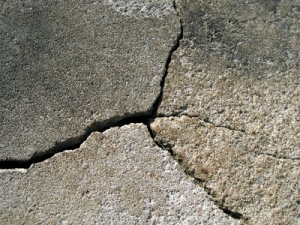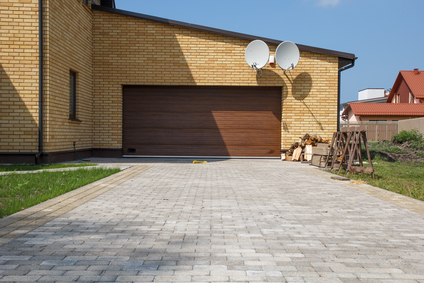If you ave installed paving stones on your driveway, walkway or patio, your pavers already look more magnificent than anyone else’s. Interlocking paving stones have a significant elegance about them, and you will want to keep them looking that way. That’s why it is so important to prevent weed growth between your pavers to ensure they stay flush and appealing.
Preventive Maintenance Against Weed Growth
There is no question that weeds will destroy the appearance of your pavement. You’ve spent the time and money to make your paving stones look better than asphalt and concrete, and the last thing you want is for that to be destroyed by weeds. But this is also a matter of convenience. Removing weeds once they’ve grown is an extremely mind-numbing time-consuming task, so make sure to prevent weed growth from occurring in the first place.
Why Do Weeds Grow Between Pavers?
First, you must understand how this can occur. Weeds are extremely tricky to prevent because they do not grow as most flora do. Wherever there is available soil, seedlings will drop and replicate at an exponential rate. Even if your paving stones were installed by the best paving service available, there will still be crevices that weeds will find to grow.
How to Prevent Weed Growth
When it comes to preventing weed growth between your pavers, the best defense is a good offense. Rid your pavers of weed seedlings before they get a chance to grow by:
- Regularly taking the time to sweep your pavers (at least once a week), making sure the bristles are deep enough to get between the pavers and in the crevices.
- Making sure your pavers have a sufficiently declining slope (about 4′ away from your home for every 1″ decline), which will also prevent roof leakage and wet basements.
Dealing With Weed Growth
If you have failed to prevent weed growth between your pavers, fear not — all hope is not lost! Follow these steps to remedy the problem ASAP:
- Weed by weed, use your hands to pull and dispose of the larger weeds. Make sure you pull by the roots so they do not grow back.
- You can use a pressure washer for the remaining weeds. It is okay to wash away the joint sand as you pressure wash your pavers, but do not erode their bedding layer.
- You can use something as commonplace as boiling water or vinegar to destroy the roots and seedlings. However, vinegar may be corrosive, so check your bedding layer material and make sure the solution you are using is okay.
- Finally, allow the pavers to dry and refill the joints with sand.


